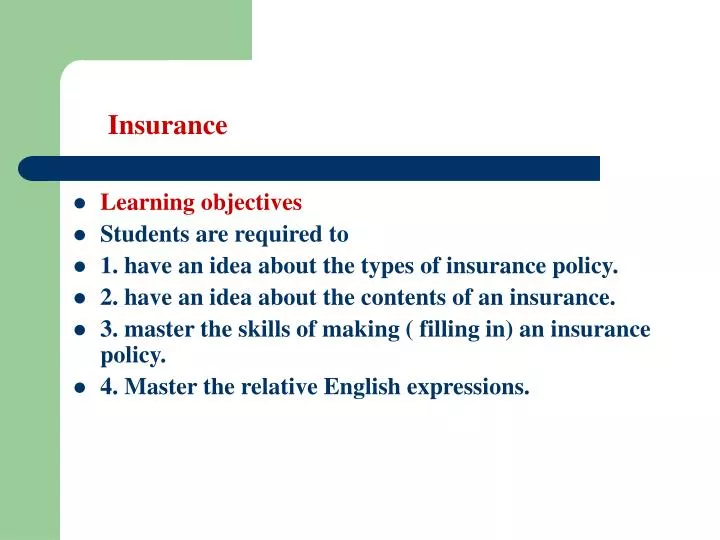The Definitive Guide to Pacific Prime
The Definitive Guide to Pacific Prime
Blog Article
Excitement About Pacific Prime
Table of ContentsPacific Prime - An OverviewSome Known Details About Pacific Prime Excitement About Pacific PrimeFacts About Pacific Prime UncoveredPacific Prime - An Overview

This is because the information were collected for a period of solid financial efficiency. Of the approximated 42 million people that were uninsured, almost regarding 420,000 (about 1 percent) were under 65 years old, the age at which most Americans become eligible for Medicare; 32 million were grownups between ages 18 and 65, around 19 percent of all grownups in this age; and 10 million were children under 18 years old, concerning 13.9 percent of all kids (Mills, 2000).
These quotes of the number of individuals without insurance are generated from the annual March Supplement to the Existing Population Survey (CPS), performed by the Demographics Bureau. Unless otherwise kept in mind, nationwide estimates of individuals without health and wellness insurance policy and proportions of the populace with various type of coverage are based on the CPS, one of the most extensively utilized resource of price quotes of insurance protection and uninsurance rates.
Some Known Questions About Pacific Prime.

Still, the CPS is especially useful since it creates annual quotes reasonably rapidly, reporting the previous year's insurance policy protection estimates each September, and due to the fact that it is the basis for a consistent set of estimates for even more than twenty years, permitting analysis of trends in coverage over time. For these factors, in addition to the substantial use the CPS in various other research studies of insurance protection that are provided in this record, we depend on this content CPS quotes, with restrictions noted.

The estimate of the variety of uninsured people broadens when a population's insurance policy condition is tracked for numerous years. Over a three-year period starting early in 1993, 72 million people, 29 percent of the united state populace, lacked coverage for at the very least one month. Within a solitary year (1994 ), 53 million people experienced at the very least a month without protection (Bennefield, 1998a)
Six out of every 10 uninsured grownups are themselves used. Although working does improve the likelihood that one and one's relative will certainly have insurance coverage, it is not an assurance. Also members of families with 2 full time breadwinner have virtually a one-in-ten opportunity of being uninsured (9.1 percent uninsured price) (Hoffman and Pohl, 2000).
Get This Report on Pacific Prime
New immigrants represent a considerable percentage of people without health and wellness insurance. One analysis has associated a substantial portion of the recent growth in the size of the united state without insurance populace to immigrants that arrived in the country in between 1994 and 1998 (Camarota and Edwards, 2000). Recent immigrants (those who involved the United States within the past four years) do have a high rate of being without insurance (46 percent), yet they and their kids make up simply 6 percent of those without insurance coverage country wide (Holahan et al., 2001).
The relationship in between health insurance and access to care is well developed, as recorded later on in this phase. Although the connection between medical insurance and wellness results is neither direct neither basic, a considerable scientific and health solutions research literature web links medical insurance protection to enhanced accessibility to care, far better high quality, and enhanced individual and population health status.
Levels of evaluation for checking out the results of uninsurance. It focuses specifically on those without any kind of health and wellness insurance policy for any type of length of time.
The 7-Minute Rule for Pacific Prime
The issues faced by the underinsured are in some areas similar to those faced by the without insurance, although they are typically less serious. Health insurance, nonetheless, is neither needed nor sufficient to acquire access to clinical services. The independent and straight impact of health insurance policy coverage on accessibility to health solutions is well established.
Others will certainly acquire the healthcare they need also without health insurance coverage, by paying for it expense or seeking it from service providers that provide treatment cost-free or at extremely subsidized prices. For still others, medical insurance alone does not make certain receipt of treatment as a result of various other nonfinancial barriers, such as an absence of health and wellness treatment service providers in their area, restricted access to transport, illiteracy, or linguistic and social differences.
The Of Pacific Prime
Formal research study regarding without insurance populaces in the USA dates to the late 1920s and very early 1930s when the Board on the Cost of Medical Care created a series of records about financing doctor office gos to and hospital stays. This problem came to be significant as the varieties of clinically indigent climbed up throughout the Great Depression.
Report this page